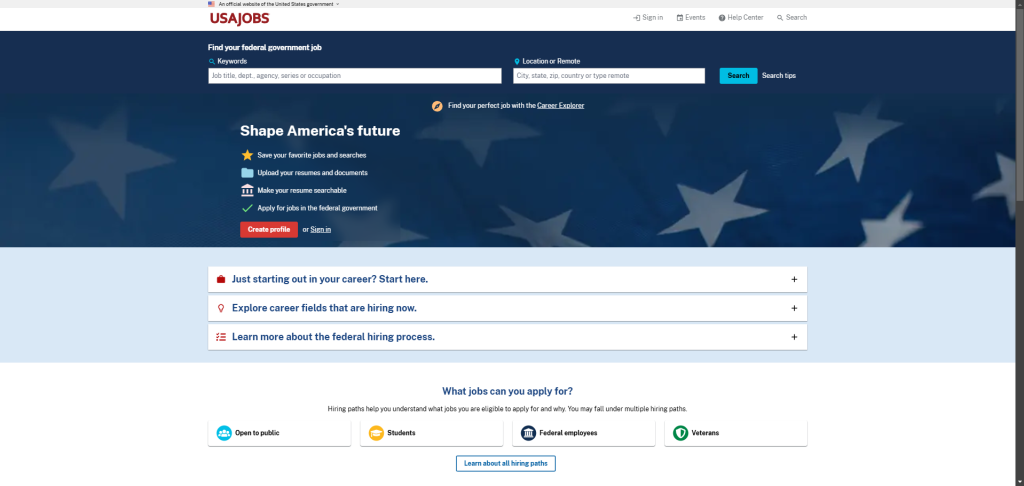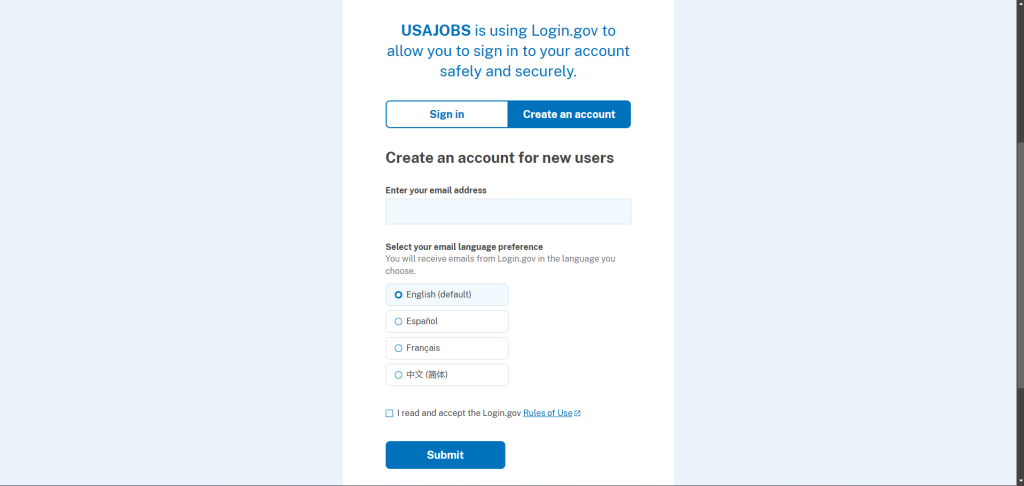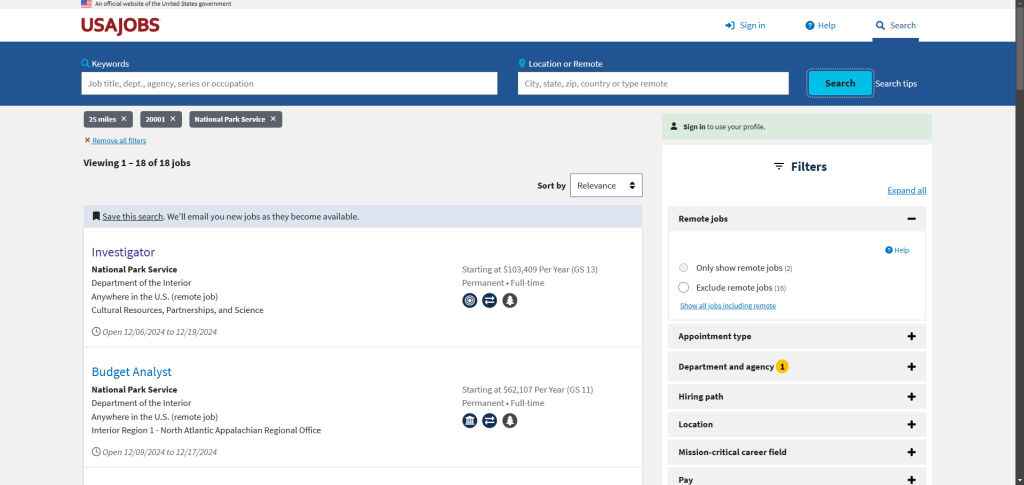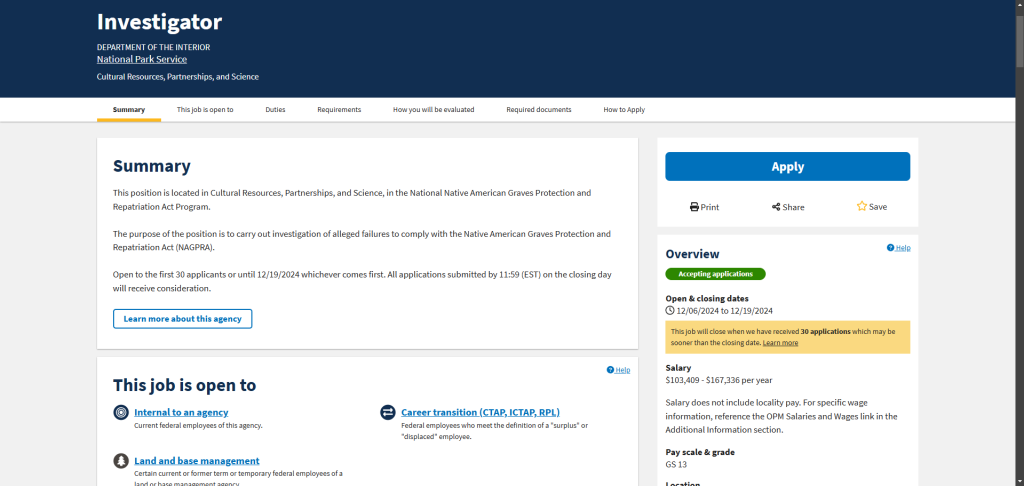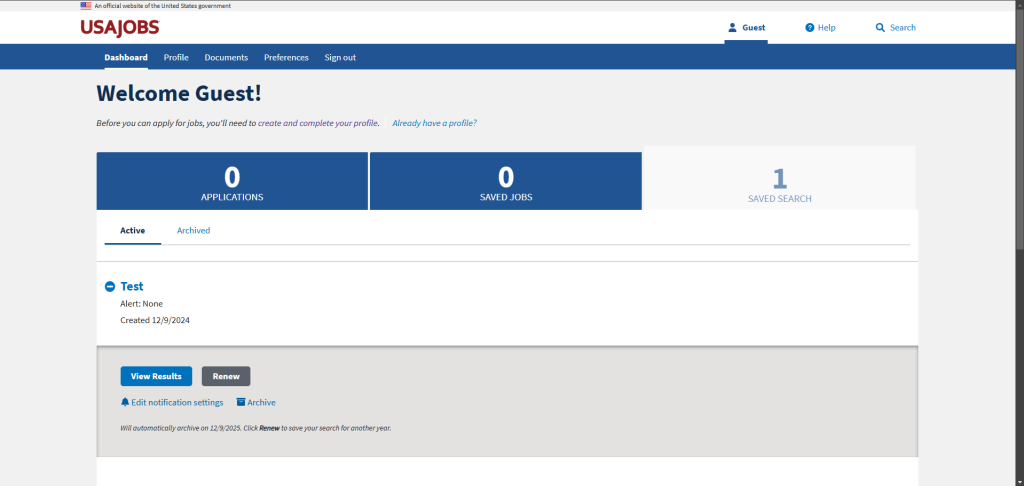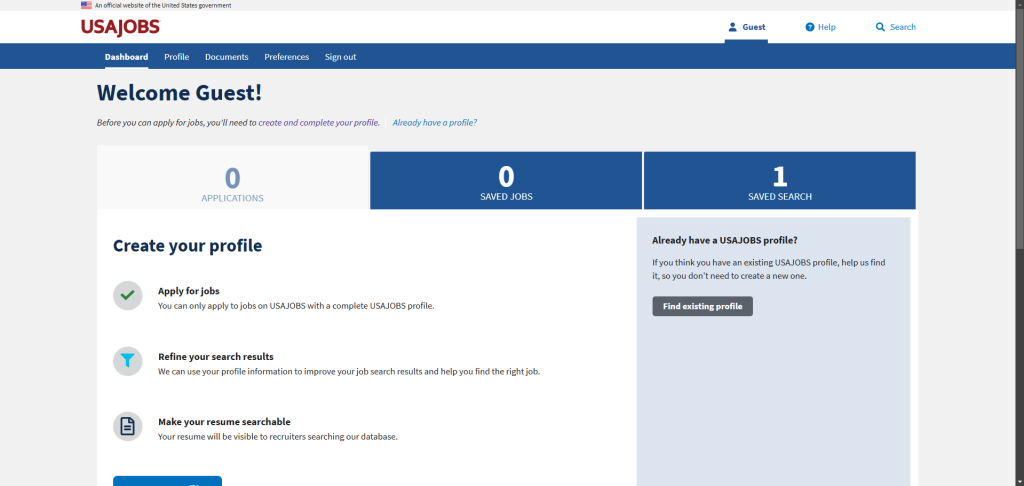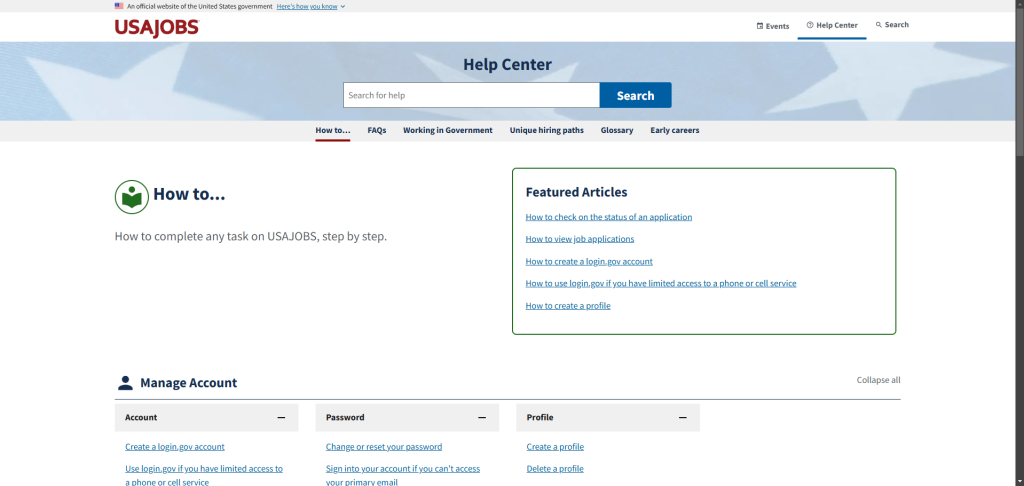Introduction to USAJobs
Where do you look for federal jobs?
If you are on the lookout for a job within the federal government, you will want to look at USAJobs.gov: the official job site for the federal government! Whether you’re seeking your first government job or looking to advance your career, this platform offers a variety of resources and opportunities.
Navigating USAJobs.gov for the first time can seem overwhelming, but by using the resources on this page, you’ll be well on your way to successfully applying for federal jobs. Take your time to explore this page and USAJobs.gov, and remember – applying for federal positions may take longer than private sector roles, but it’s well worth the effort to secure a meaningful government career.
Here’s a beginner-friendly guide to help you get started:
What is USAJobs.gov?
What is USAJobs.gov?
USAJobs.gov is the U.S. government’s primary platform for posting federal job openings. The site allows you to search and apply for jobs with various federal agencies. If you are interested in working for the Department of Defense, the National Park Service, or any other government agency, USAJobs.gov is where it all starts.
Creating an Account
Creating an Account on USAJobs
Before you can apply for jobs on USAJobs.gov, you’ll need to create an account. Here’s how:
- Visit USAJobs.gov
- Click on “Sign In” in the top right corner.
- Create a New Account: You’ll be asked to enter your email, create a password, and complete some basic information.
- Set Up Your Profile: After signing up, you’ll create a profile that includes your personal information, education, experience, and skills.
Your profile is crucial because it allows you to access useful resources, easily apply for jobs, save your favorite positions, and receive notifications about new opportunities.
Searching for Jobs
Searching for Jobs on USAJobs.gov
Once your profile is set up, you can start searching for jobs that match your interests, qualifications, and location preferences.
- Use the Search Bar: Type in job titles, keywords, or agency names.
- Refine Your Search: Use filters like job category, pay scale, location, and more to narrow down the results.
- Sort the Results: You can sort job listings by the date posted, salary, or other criteria to find the best options for you.
Understanding Job Listings on USAJobs.gov
Understanding Job Listings on USAJobs.gov
Federal job listings can seem complex at first, but they follow a set format. Here’s what to look for:
- Job Title and Location: Clearly listed at the top of the job posting.
- Agency: The department or organization that is hiring.
- Salary: The pay range for the position.
- Job Announcement Number: This is a reference number you may need when applying.
- Overview & Duties: A brief description of the job and its responsibilities.
- Qualifications & Requirements: Details about what you need to be eligible for the position, including experience, education, and specific skills.
- How to Apply: Instructions on how to submit your application, including required documents and any special application procedures.
Applying for Jobs
Applying for Jobs on USAJobs.gov
When you find a job you’re interested in, follow these steps:
- Review the Job Posting: Carefully read through the responsibilities, qualifications, and required documents.
- Click “Apply”: If you’re ready to apply, click the “Apply” button.
- Submit Your Resume: You’ll need to upload your resume (ensure it follows the USAJobs guidelines).
- Answer Additional Questions: Some job postings may ask you to answer supplemental questions.
- Submit Application: Once everything is complete, click “Submit” to send your application.
Creating a Federal Resume
Creating a Federal Resume
A federal resume is different from a typical resume. It’s more detailed and tailored to the requirements of federal jobs.
- Complete All Sections: Include information about your education, work experience (with detailed job duties), and any certifications or skills.
- Use Keywords: Use keywords from the job posting to align your resume with the position you are applying for.
- Provide Detailed Descriptions: Unlike traditional resumes, the federal version often asks for specific details about your past job duties, including hours worked, salary, and dates of employment.
USAJobs provides a tool called USAJobs Resume Builder, which helps guide you through creating a complete federal resume.
Setting Up Job Alerts
Setting Up Job Alerts on USAJobs.gov
Stay on top of new job postings by setting up job alerts:
- Go to “Saved Searches”: Once you’ve performed a search, click “Save Search.”
- Create Alerts: Choose the frequency for notifications – daily, weekly, or monthly.
This feature helps you receive alerts for new openings that match your criteria, ensuring you never miss an opportunity.
Understanding the Application Status
Understanding the Application Status
After you’ve submitted an application, you can track its progress directly from your account:
- Log in to your USAJobs.gov account.
- Go to “My Applications”: Here, you’ll see the status of all your applications.
- Check for Updates: The status will indicate if your application is being reviewed, if you’ve been selected for an interview, or if the position has been filled.
Tips for Success
Tips for Success on USAJobs.gov
To make the most out of your USAJobs.gov experience, keep these tips in mind:
- Tailor Your Resume: Customize your resume to match the job description for each role.
- Be Detailed: Don’t leave out key details—your federal resume should be thorough and comprehensive.
- Review the Qualifications: Ensure that you meet all the qualifications and experience requirements before applying.
- Be Patient: The federal hiring process can take time, but patience is key.
Additional Resources
Additional Resources
USAJobs.gov provides plenty of resources to help you along the way:
- Federal Employment FAQs: Answers to common questions about federal jobs.
- Resume Writing Tips: Learn more about crafting a federal resume.
- Application Tips: Guidance on the application process.
- Veterans’ Preference: Information on how veterans’ preferences work in federal hiring.
